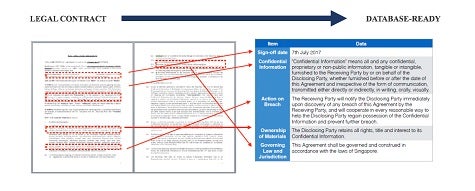Cinnamon AI, a provider of tools used in Japan to employ machine learning algorithms to automate the turning of unstructured data into a structured format that can be stored in a database, announced this week that it is now opening operations in the U.S.
Fresh off raising an additional $15 million in funding to fuel that effort, Cinnamon AI COO Yoshiaki Ieda says what makes the company’s approach to document conversion unique is that it is specifically designed to be applied to both text and handwritten documents.
“It’s not a generic AI engine,” says Ieda.
Ieda says the company’s namesake cognitive document reader works by having an organization make available 300 copies of the various types of documents it needs to convert. Cinnamon AI then applies machine learning algorithms it has developed to identify patterns in those documents, such as where customer names are typically located in the document.
Converting documents into a digital format has become a much bigger concern as organizations invest in the development of various types of AI models to automate business processes. While much of the data needed to inform those models may already reside in a database, many organizations are discovering that a lot of the relevant data needed to teach an AI model how to automate a business process resides either in a Microsoft Word or paper document. Converting all that unstructured data into a structured format that can be consumed by an AI model is proving to be incredibly time consuming.
As is often the case with all things involving machine learning algorithms, how effective they will be depends on the nature of the use case. But as AI continues to evolve, the more narrowly focused the underlying engine tends to be on performing a specific task, the more effective it tends to be.



